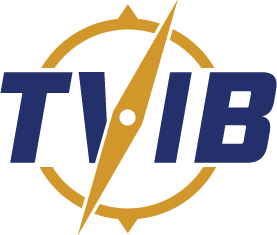General Alarm Requirements – Subchapter M
General alarm requirements for towing vessels subject to Subchapter M are found in 46 CFR 143.235. This FAQ is specific to the location of audible alarms, supplemental flashing red lights, and signage.
The regulatory text in §143.235(b)(2) requires that the general alarm must be:
“… capable of notifying persons in any accommodation, work space, and engine room”.
Additionally, §143.235(b)(2) requires:
“… in the engine room and any other area where background noise makes a general alarm hard to hear, a supplemental flashing red light…” along with the specified signage.
Audible Alarm Location
There is no regulatory requirement for the audible alarm to be installed in any specific physical location. The requirement is that it must be audible in “any accommodation, work space, and the engine room.”
This leads to the importance of knowing what are considered accommodation and work spaces. In short, these are spaces designed for people or areas where crew may be while on duty. The specific Subchapter M definition of Accommodation Space and Work Space can be referenced at §136.110.
Supplemental Flashing Red Light
The supplemental flashing red light (supplemental light) must be installed:
- In the engine room (at least one light is always required there).
- In any other area where background noise makes a general alarm hard to hear.
Occasionally, auditors, surveyors, and vessel operators have differing opinions about which areas have background noise at a level that makes the general alarm difficult to hear. When evaluating those other areas, if the audible alarm can be heard over any background noise, then a supplemental light is not required.
Keep in mind, ability to hear may vary, particularly if an individual has reduced hearing ability due to injury, aging, etc. Although, each space/area must be individually evaluated by the operating company, generator rooms, steering rooms, tool rooms, shaft alley, etc. are common locations where supplemental lights are needed.
The supplemental light needs to be positioned so that it effectively alerts anyone in the area when the general alarm is activated. Be aware that factors such as beams, bulkheads, insulation, dull paint and obstructions can reduce the light’s visibility.
Signage Requirements
Finally, be sure to post a sign at each supplemental light identifying its purpose. The required wording is:
“Attention General Alarm – When Alarm Sounds or Flashes Go to Your Station.”
